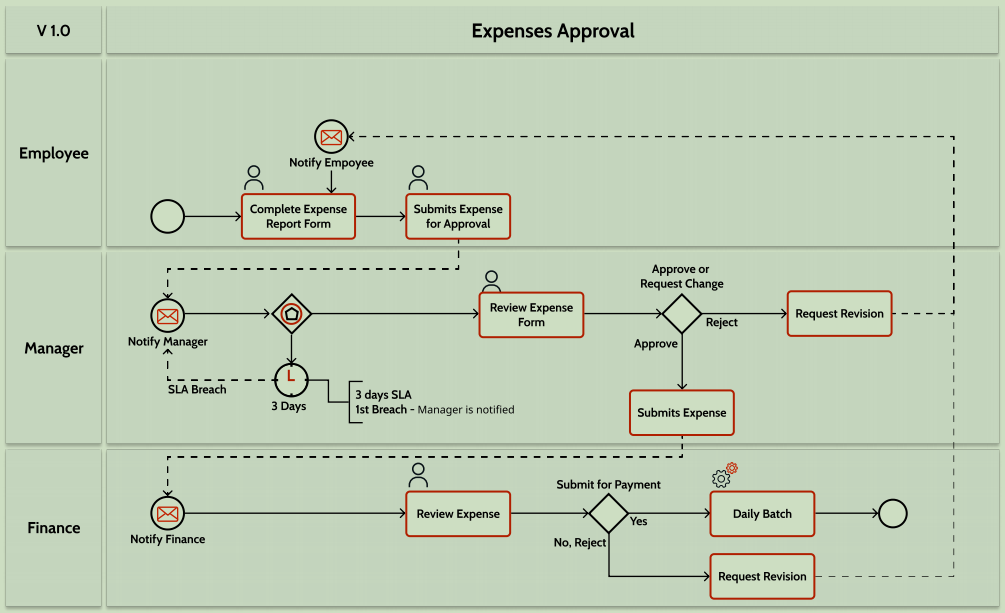OutSystems Training
1 概述(Overview)
1.1 OutSystems 概述
1.1.1 是什么
一整套低代码的企业级应用(WEB 和 移动端)的开发环境。
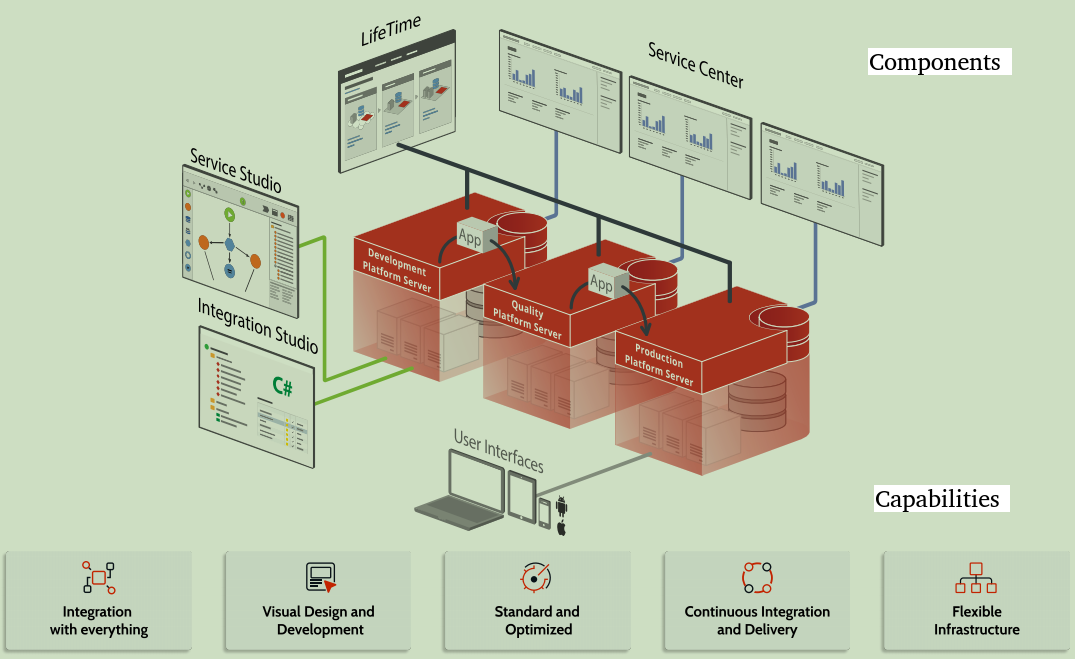
-
全栈
Service Studio: Visual Design and Development.
-
集成
Integration Studio: Integration with external systems
前端:各种UI库
后端:C#代码,REST,SAP
数据:Sql server,Oracle,Mysql,... -
CICD
1-Click Publish!
上传本地Service Studio中的代码到服务器,然后在Platform Server上对代码进行优化,然后编译优化后的代码,最后部署应用和数据。
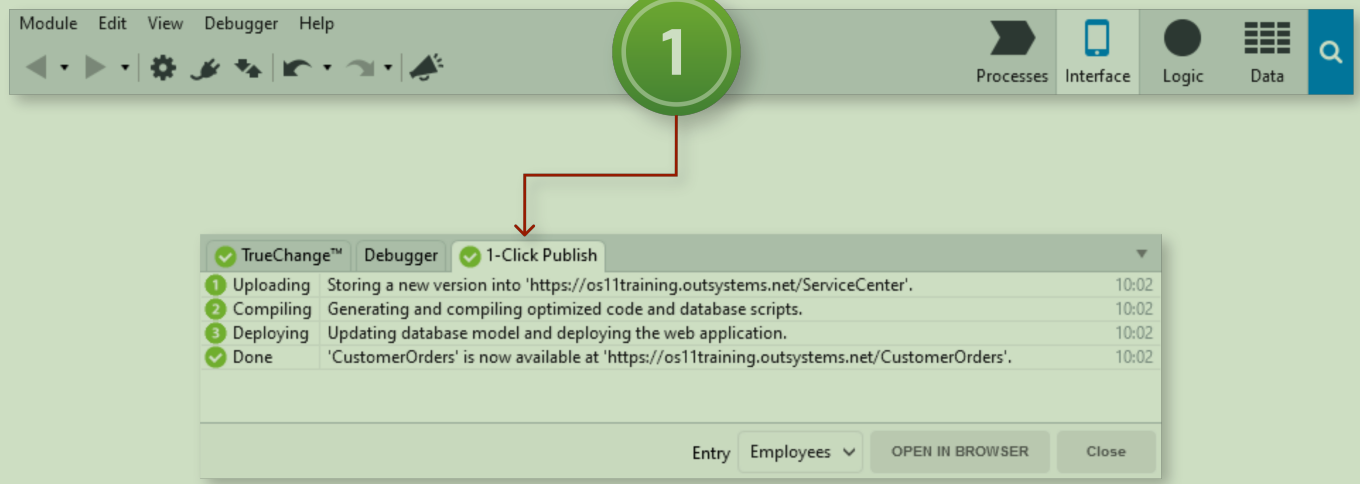
-
内置管理和分析平台
-
Service Center
-
Home
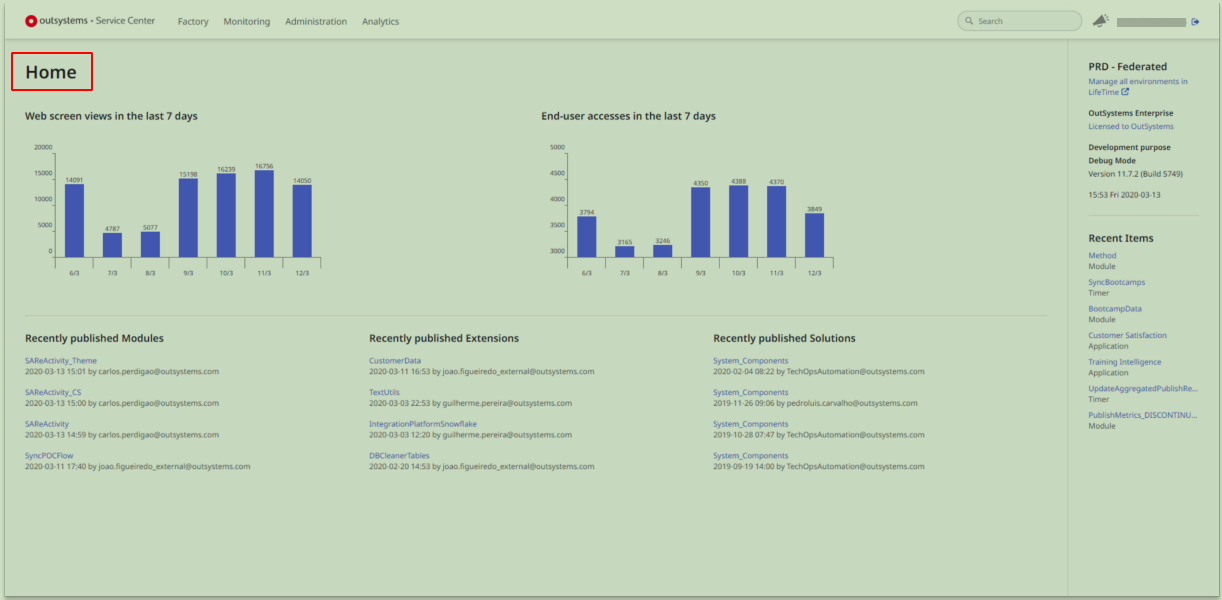
-
Factory

-
Monitoring
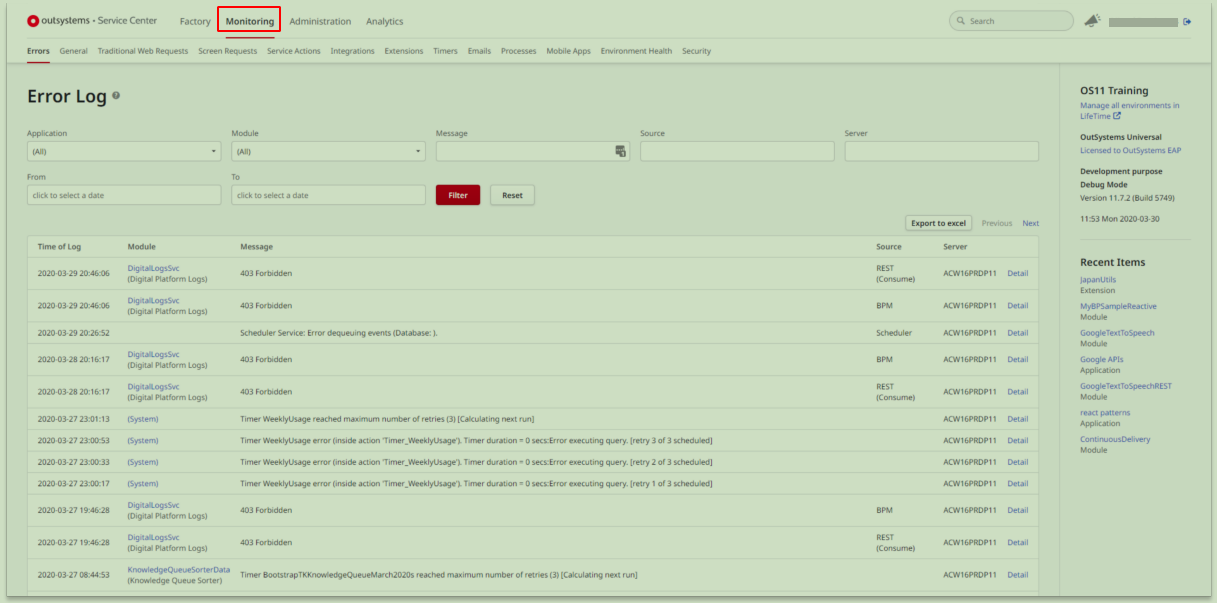
-
Administration
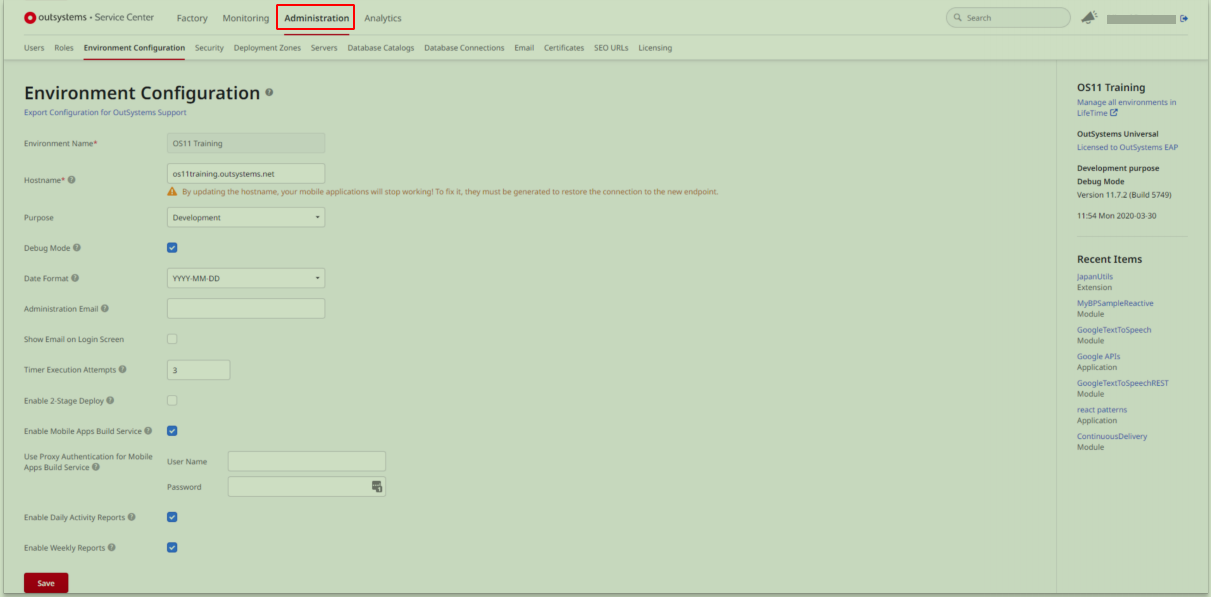
-
Analytics
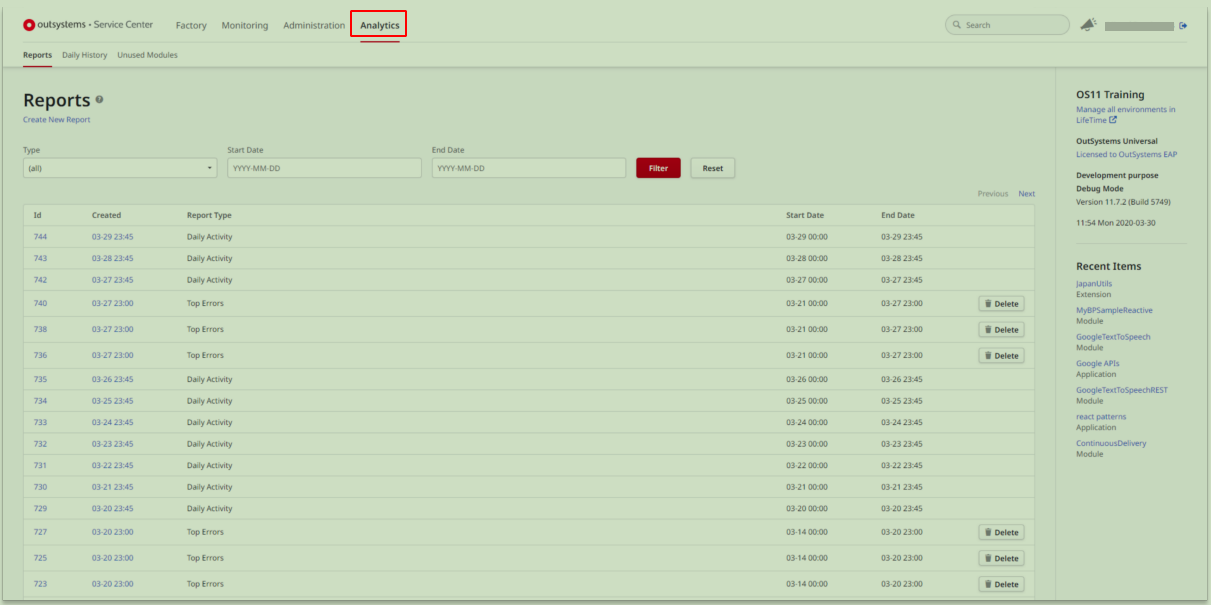
-
-
LifeTime
-
Applications
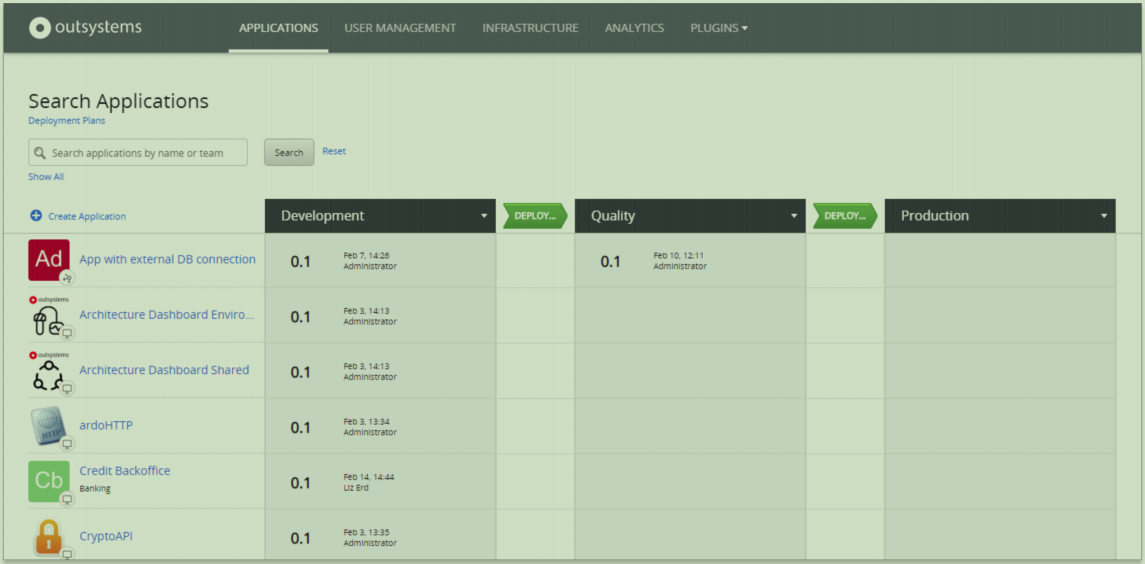
-
User Management
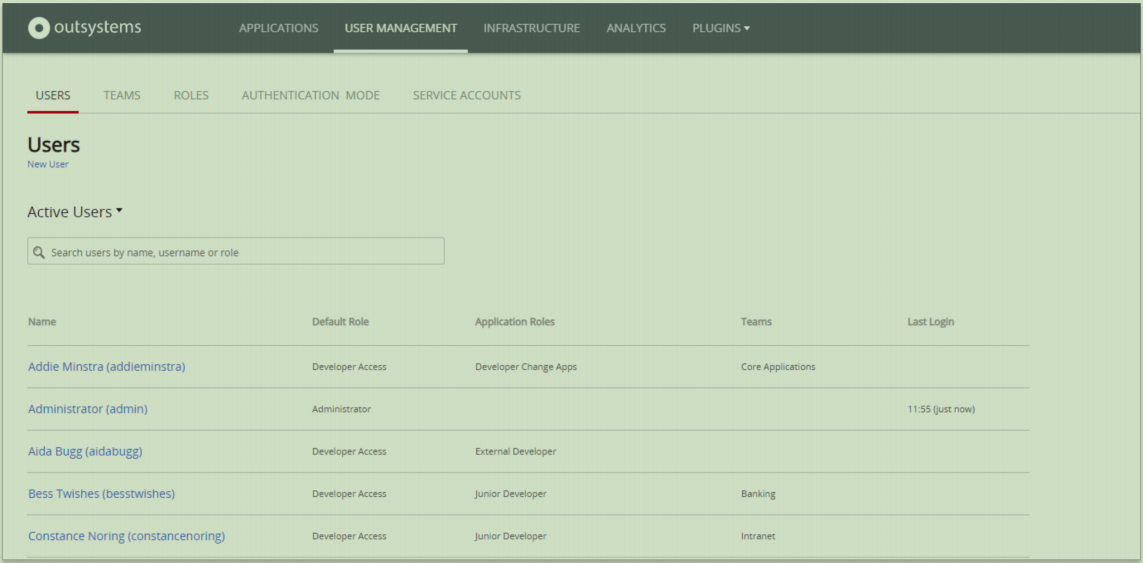
-
Infrastructure
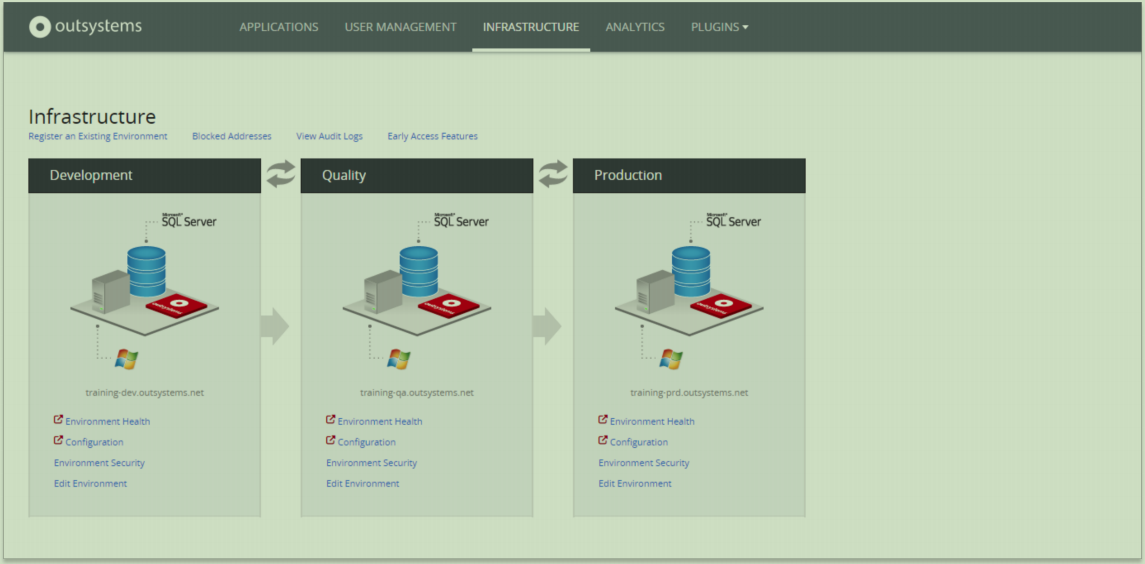
-
Analytics

-
Forge(在 Service Studio 中可以直接下载、使用 forge中的组件)
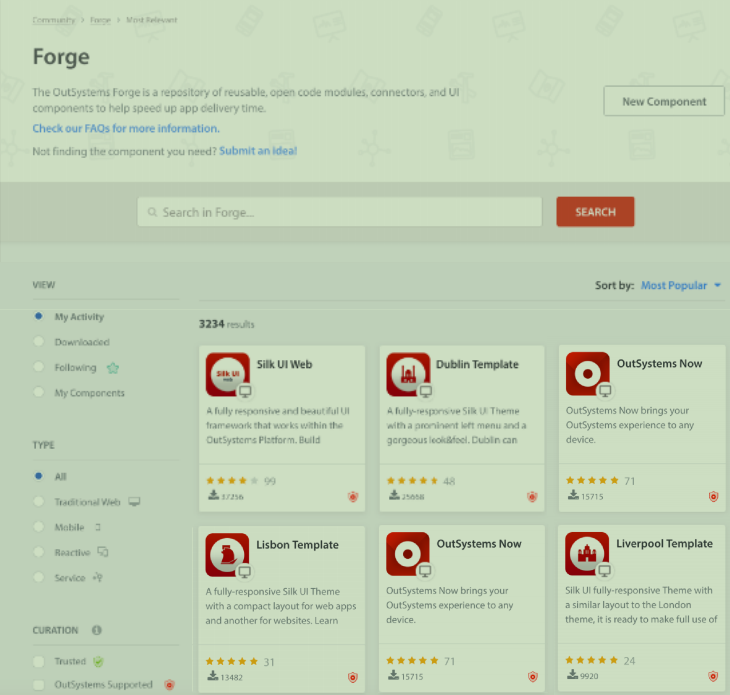
-
-
-
Summary
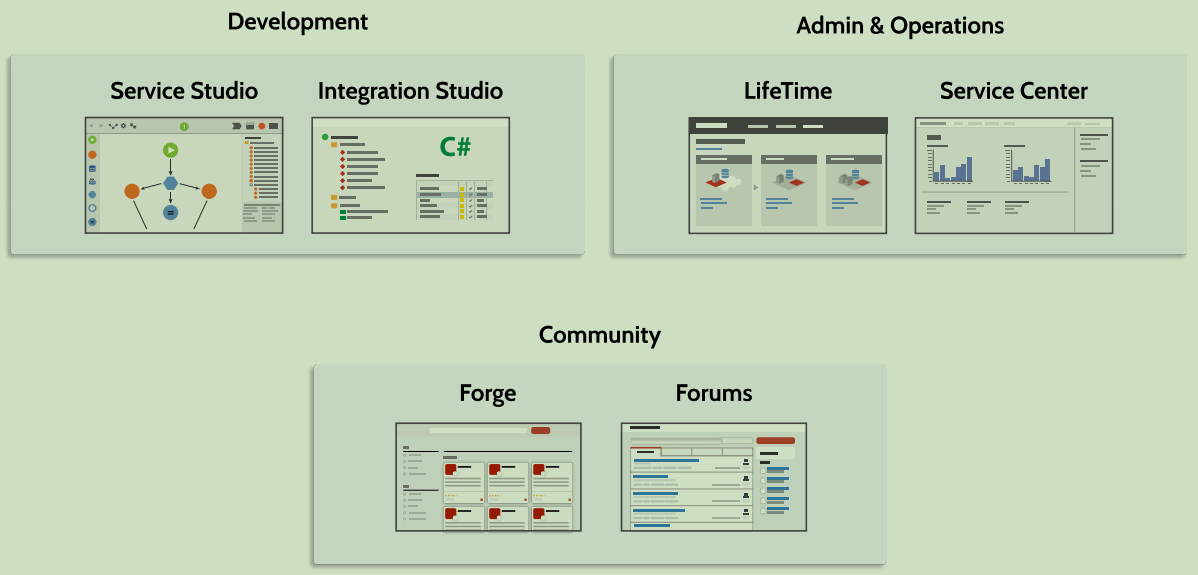
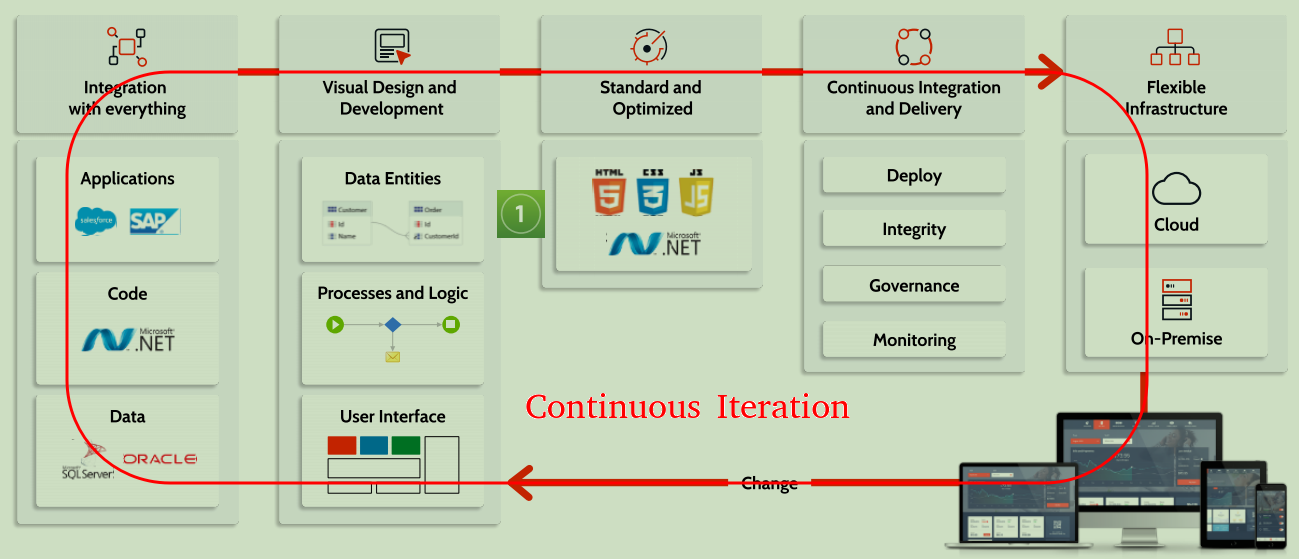
1.1.2 为什么
- 为什么用低代码?综上,显然,因为提高了开发效率。
-
能够服务更为复杂的场景需求
-
功能基本上与自主开发相当
-
IT分析师可用,前期建模
-
能够大幅缩短开发周期
-
功能强大, UI设计优秀,拖拽UI完成界面开发
-
敏捷, 灵活度高, 延展性好, 迭代更新强
-
可支持广泛场景的复杂应用开发(例如:企业级, 核心级别系统)
-
真正意义上的Devops + CI/CD
-
国际标准安全认证, 安全性高
-
一键同时生成网页应用 + 移动应用, 无需重复开发
-
AI + ML + IOT + 定制化 + 私有化 , 可灵活混合部署
- 为什么用OutSystems?看看第3点。
1.1.3 业界地位
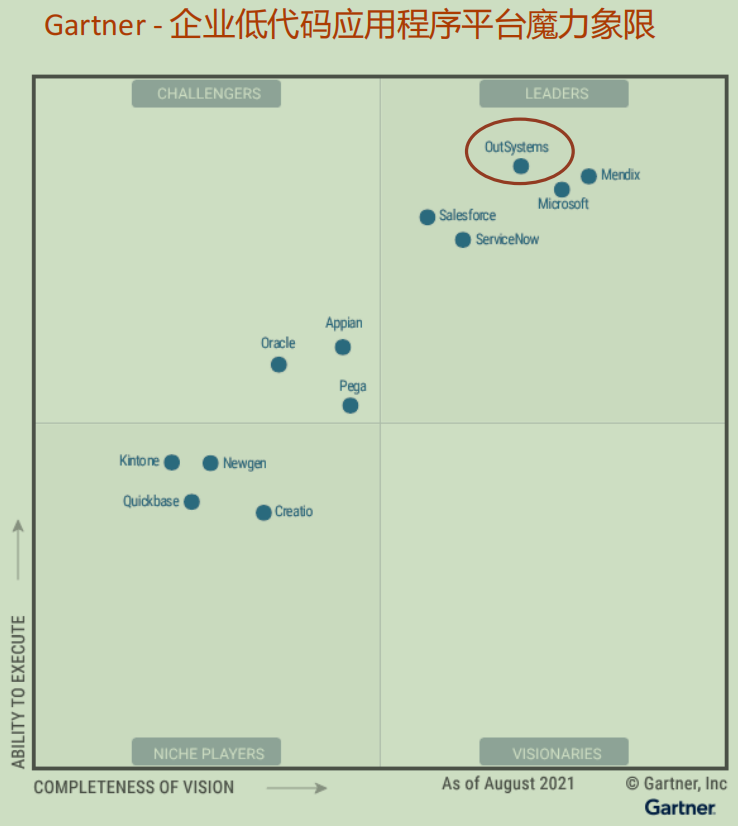

1.2 Service Studio 概述
Visual Design and Development:
- Applications and Modules
- Data
- UI
- Logic
- - - 接下来全部是介绍Service Studio - - -
中心思想:实际工作中它能做什么,它是怎么帮助我们提高工作效率的?
按照构建一个系统的方式/顺序来介绍: Applications and Modules -> Data -> UI -> Logic
2 Applications and Modules
新建:

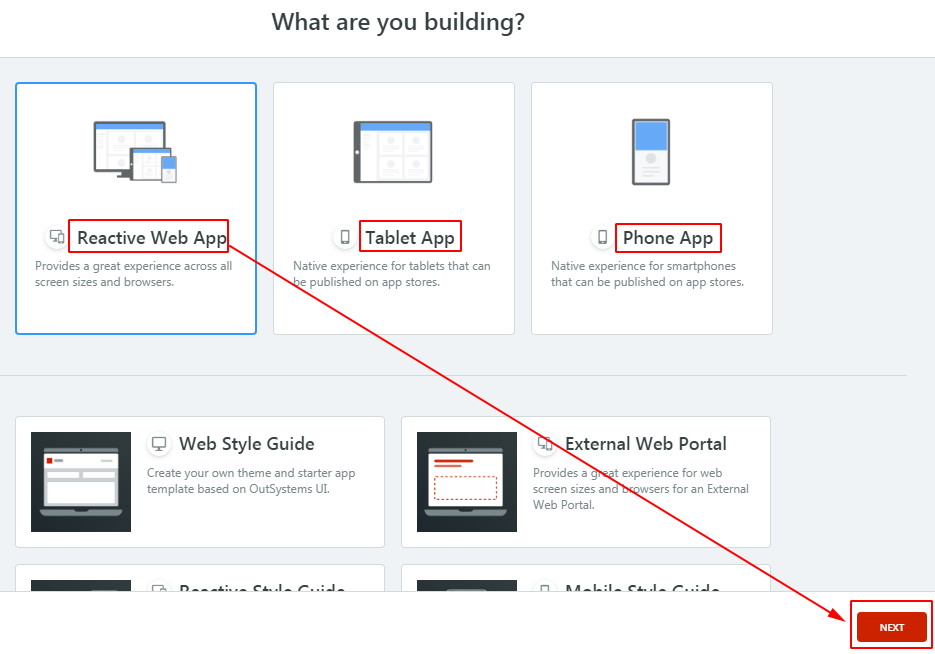

3 Data
3.1 Modeling Data(数据建模)
-
构建实体
构建实体和静态实体
Entity to Database Mapping:
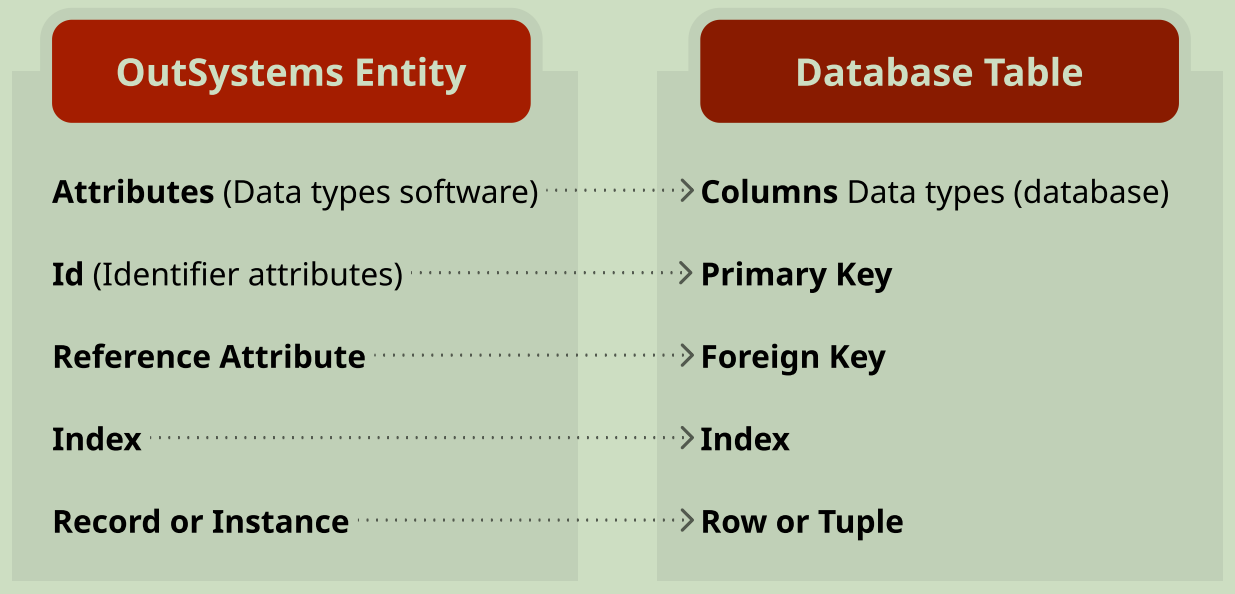
-
构建实体间关系
构建关系和构建实体同样重要。
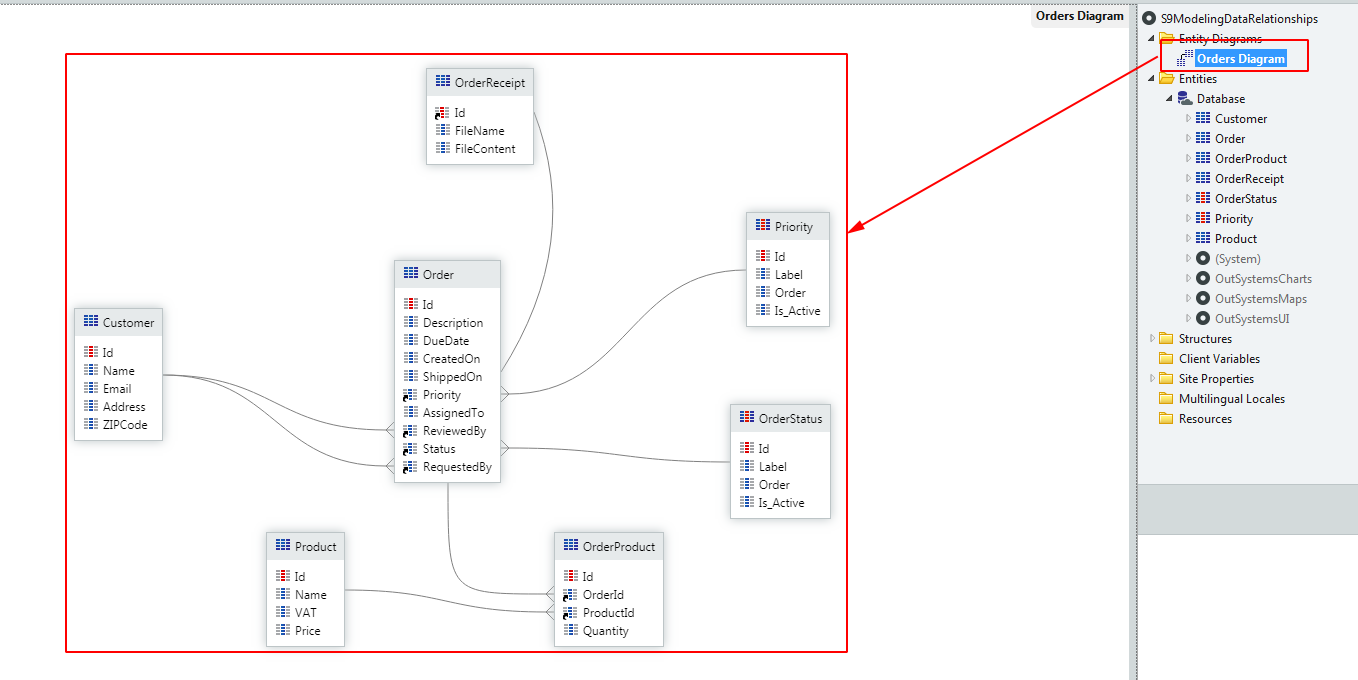
3.2 Aggregates(数据聚合)
-
定义
一个可视化元素,该元素定义了一个从实体中抓取数据的查询,该查询可包含数据源、过滤、排序。
An Aggregate is a visual element that allows to define a query to fetch data from entities with sources, filters, and sorting.
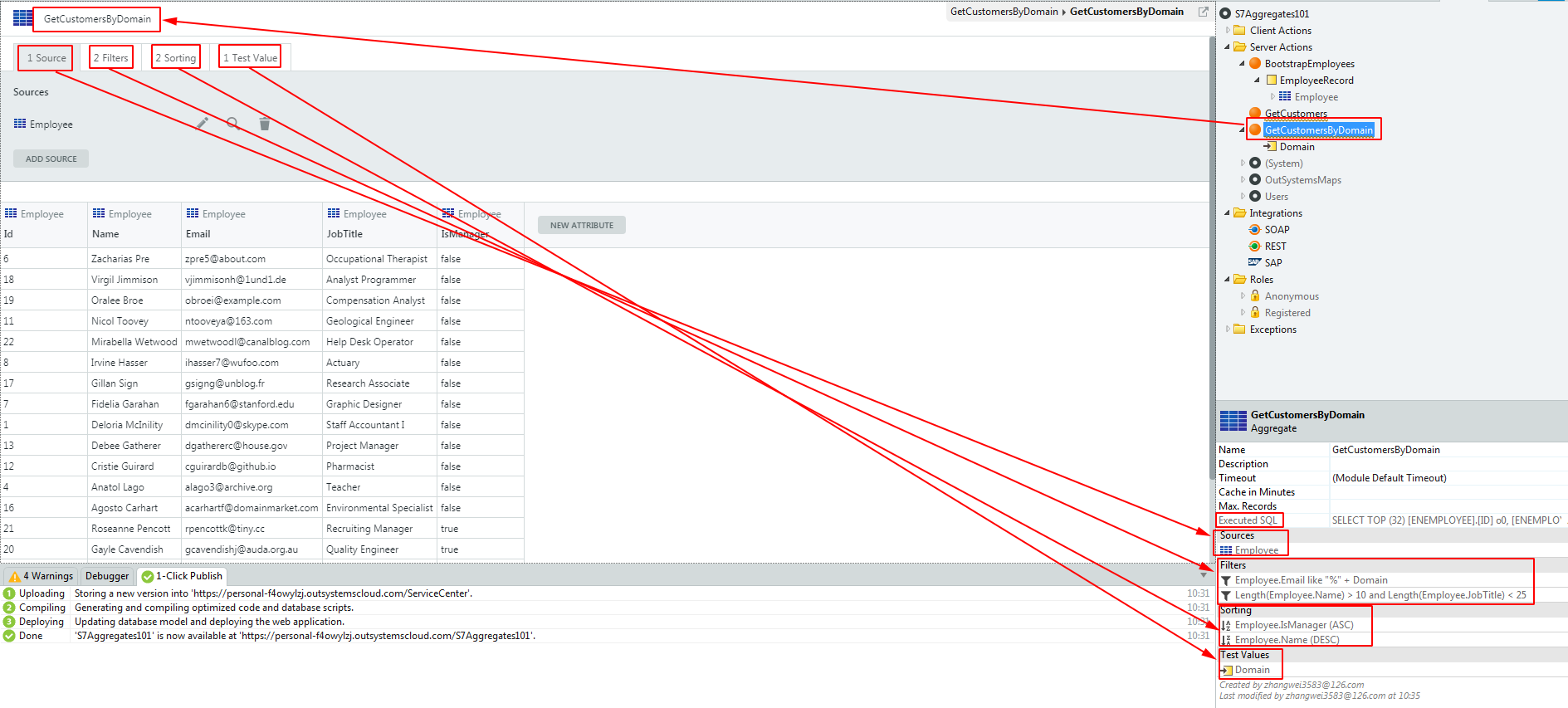
-- Executed SQL SELECT TOP (32) [ENEMPLOYEE].[ID] o0, [ENEMPLOYEE].[NAME] o1, [ENEMPLOYEE].[EMAIL] o2, [ENEMPLOYEE].[JOBTITLE] o3, [ENEMPLOYEE].[ISMANAGER] o4 FROM [PTPMU6015].dbo.[OSUSR_3JX_EMPLOYEE] [ENEMPLOYEE] WHERE ([ENEMPLOYEE].[EMAIL] LIKE (N'%' + @Domain)) AND (((len([ENEMPLOYEE].[NAME])) > 10) AND ((len([ENEMPLOYEE].[JOBTITLE])) < 25)) ORDER BY [ENEMPLOYEE].[ISMANAGER] ASC, [ENEMPLOYEE].[NAME] DESC -
分类:
- Screen Aggregates
- Server Aggregates
3.3 高级数据聚合(Advanced Aggregates)
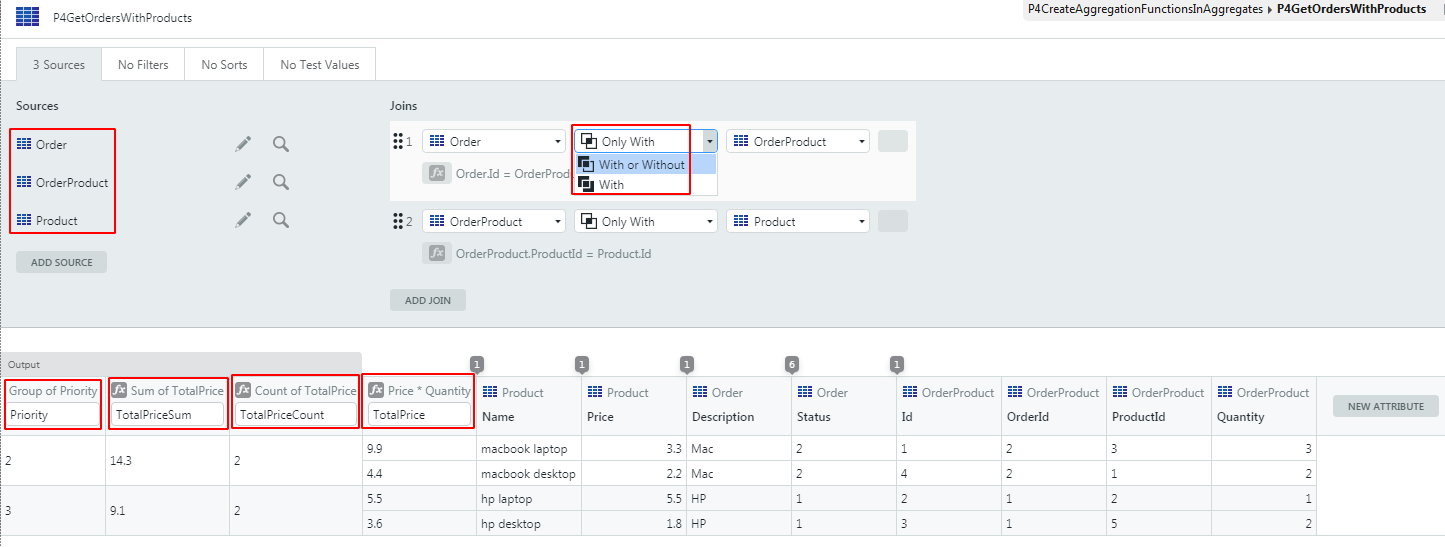
-- Executed SQL
SELECT TOP (27) [ENORDER].[PRIORITY] [PRIORITY], Count(([ENPRODUCT].[PRICE] * convert(decimal(37,8), [ENORDERPRODUCT].[QUANTITY]))) [TOTALPRICECOUNT], Sum(([ENPRODUCT].[PRICE] * convert(decimal(37,8), [ENORDERPRODUCT].[QUANTITY]))) [TOTALPRICESUM]
FROM (([PTPMU6015].dbo.[OSUSR_L0G_ORDER] [ENORDER]
Inner JOIN [PTPMU6015].dbo.[OSUSR_L0G_ORDERPRODUCT] [ENORDERPRODUCT] ON ([ENORDER].[ID] = [ENORDERPRODUCT].[ORDERID]))
Inner JOIN [PTPMU6015].dbo.[OSUSR_L0G_PRODUCT] [ENPRODUCT] ON ([ENORDERPRODUCT].[PRODUCTID] = [ENPRODUCT].[ID]))
GROUP BY [ENORDER].[PRIORITY]
3.4 数据模型整合(Data Model Integrity)
- 索引(Indexs)
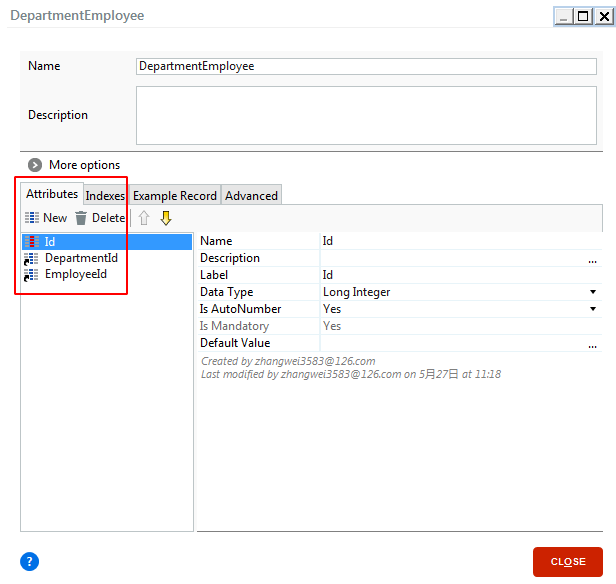
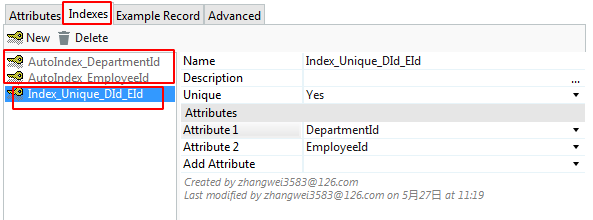
-
引用整合(Referential Integrity)
Delete Rule属性:Protect, Delete, Ignore.

3.5 自定义SQL(SQL Queries)
可用于:
○ Server Actions
○ Screen Data Actions
分类:
-
SELECT Queries

SELECT {Product}.[Name], {Product}.[Price] FROM {Product} WHERE {Product}.[Price] > @MinPrice -
Non-SELECT Queries
INSERT INTO {Product} ({Product}.[Name], {Product}.[VAT], {Product}.[Price]) VALUES (@Name, @VAT, @Price) UPDATE {Product} SET {Product}.[Name] = @Name, {Product}.[VAT] = @VAT, {Product}.[Price] = @Price WHERE {Product}.[Id] = @Id DELETE FROM {Product} WHERE {Product}.[Id] = @Id
4 用户界面(UI)
4.1 Screen
-
定义
A Screen is one of the building blocks for an interface that is composed of other elements to create rich interfaces.
屏幕是一个界面的构建块,它组合了一些其他元素来构建丰富多彩的界面。
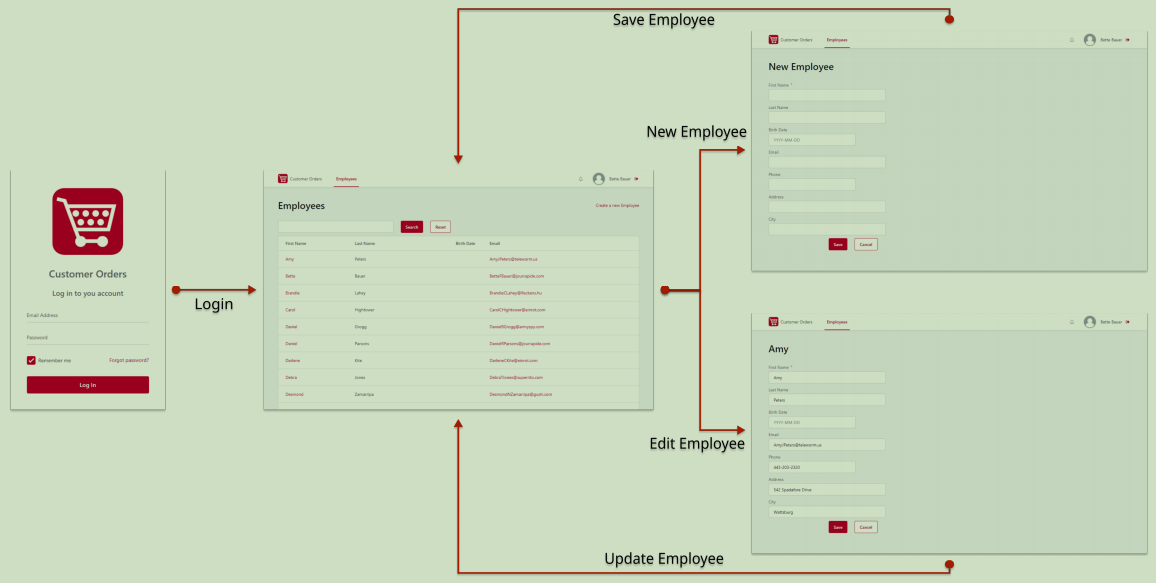
注:和传统开发的前端页面元素对比。 -
部件(Screen Widgets)
Container, Table, List, ListItem, Expression, If, Switch, Form(Label, Input(Text, Password, Number, Time, Date, Date Time, Phone, Email, Search), TextArea, Dropdown, Checkbox, RadioGroup, Upload, Image, Button, ButtonGroup, Link), ...
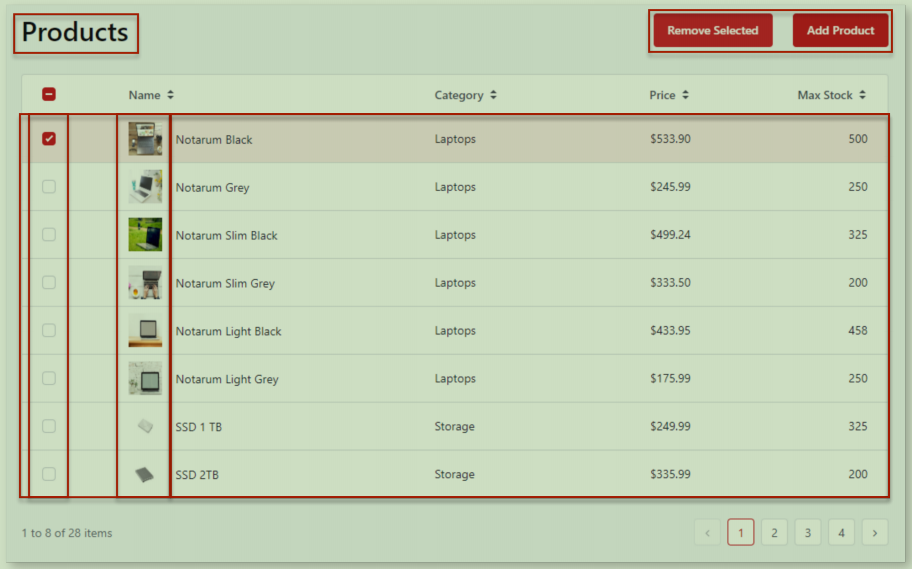
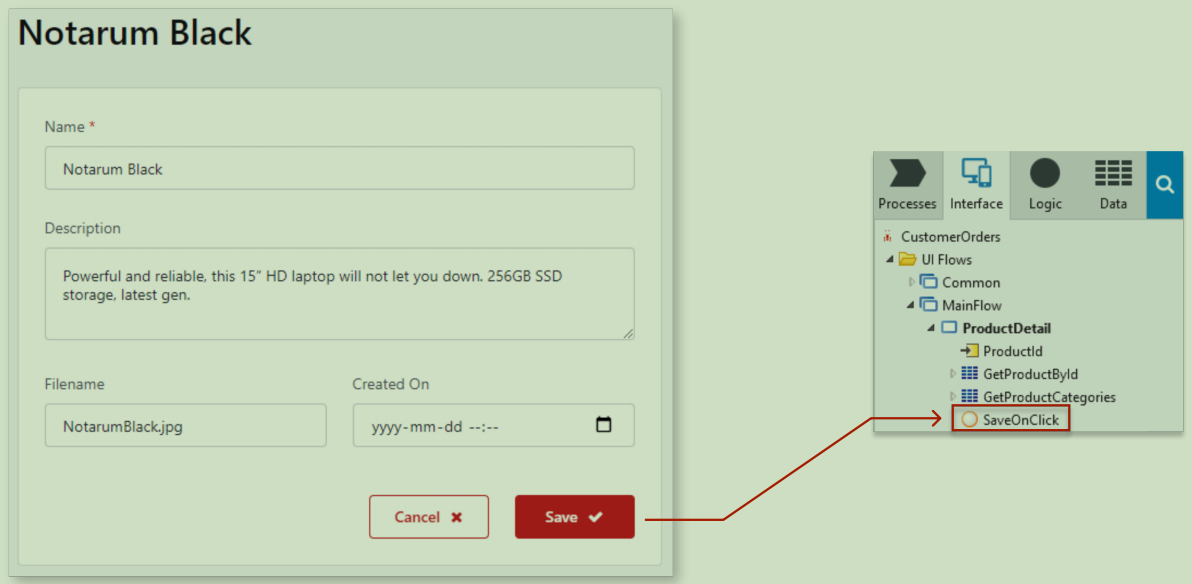
其中,Button Group中可以自行添加和删除button item:
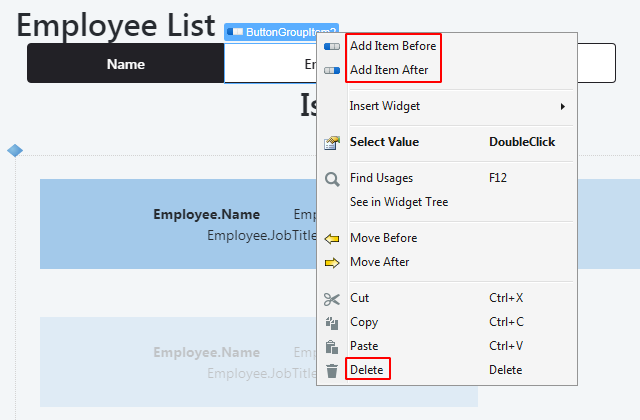
Both Buttons and Links have On Click Destinations:
- Screen
- External URL
- (Screen) Client Action
- Event
-
变量(Screen Input Parameters and Local Variables)

4.3 表单校验(Forms)
4.1.1 构建Widgets
Form, Label, Input(Text, Password, Number, Time, Date, Date Time, Phone, Email, Search), TextArea, Dropdown, Checkbox, RadioGroup, Upload, Image, Button, ButtonGroup, Link, ...
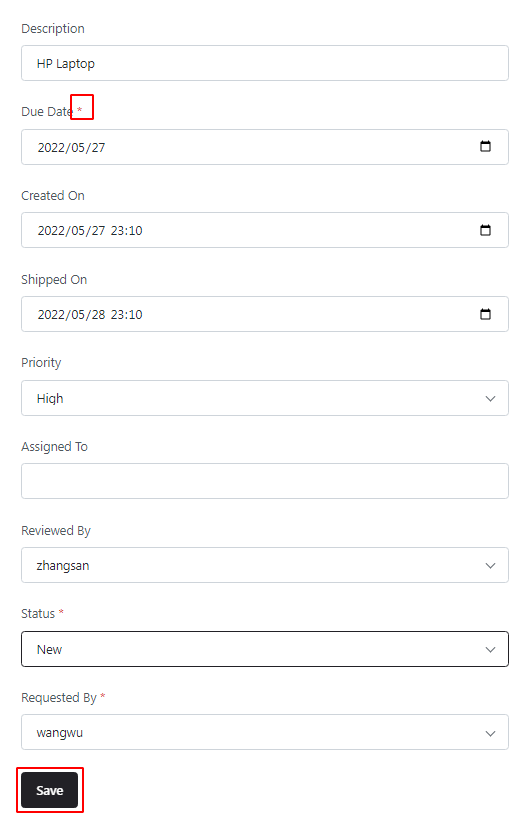
4.1.2 校验
- Built-in validations
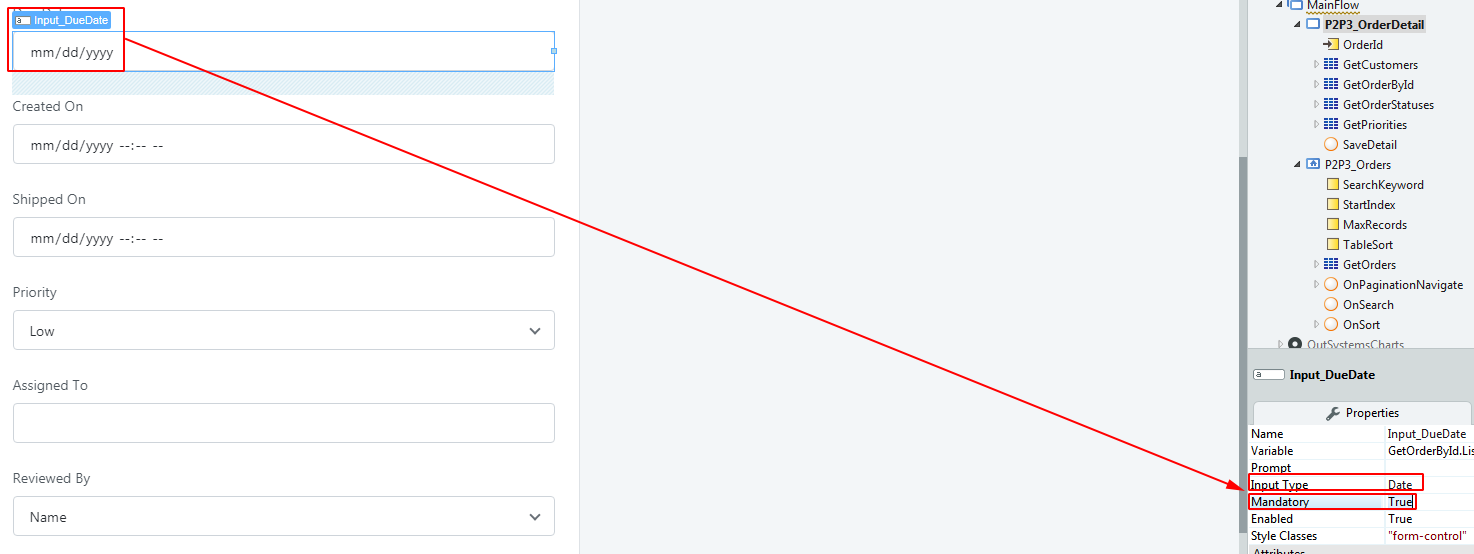

-
Custom Validations

-
校验不通过的页面展示
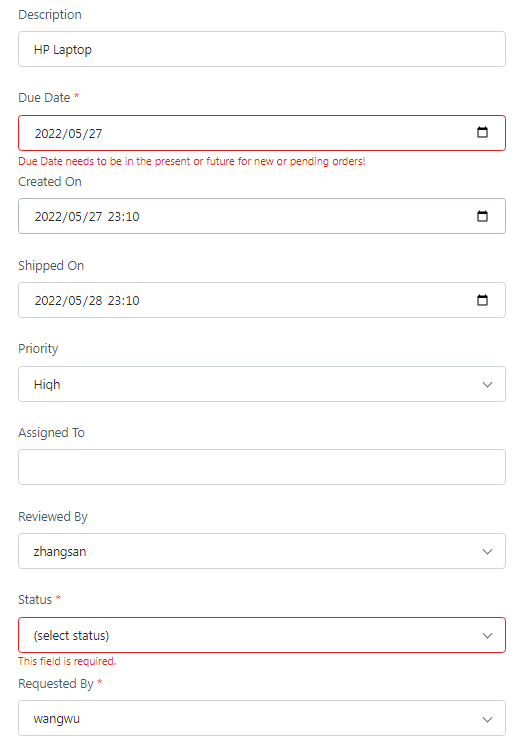
5 逻辑(Logic)
5.1 Actions
-
概述
Action是一个元素,该元素允许我们定义运行在客户端或服务端的逻辑流。
-
Action流(Action Flow)
-
定义了一个逻辑片段
-
只有一个start节点
-
有多个结束节点:
- End
- Destination (Screen Actions only)
- Download (Screen Actions only)

-
-
分类
- Screen Actions(JavaScript)
- Client Actions(JavaScript)
- Server Actions(Controller, Service)
- Entity Actions(DAO)
注:和传统开发的前端、SpingMVC对比。
-
可复用
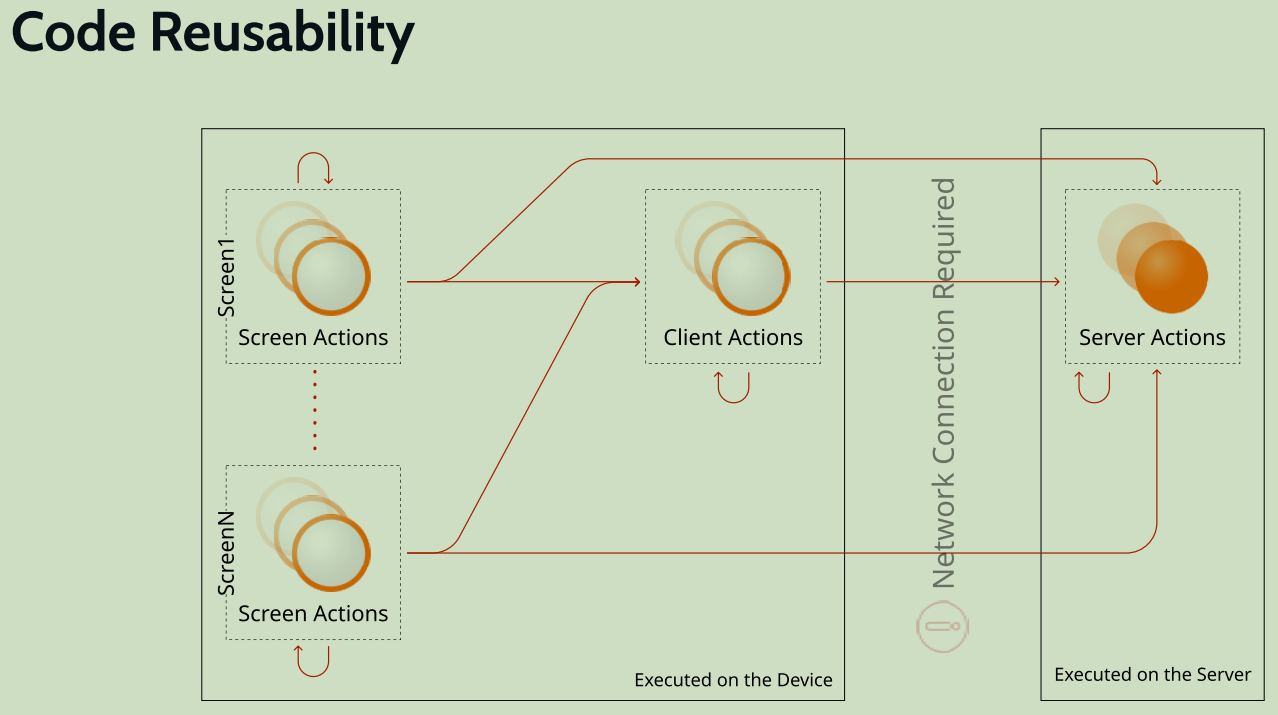
5.2 变量
分类:
- Input: 离开父元素作用域后销毁
- Local: 离开父元素作用域后销毁
- Output: 离开父元素作用域后仍然存在
注:和Java方法中的各种变量对比。
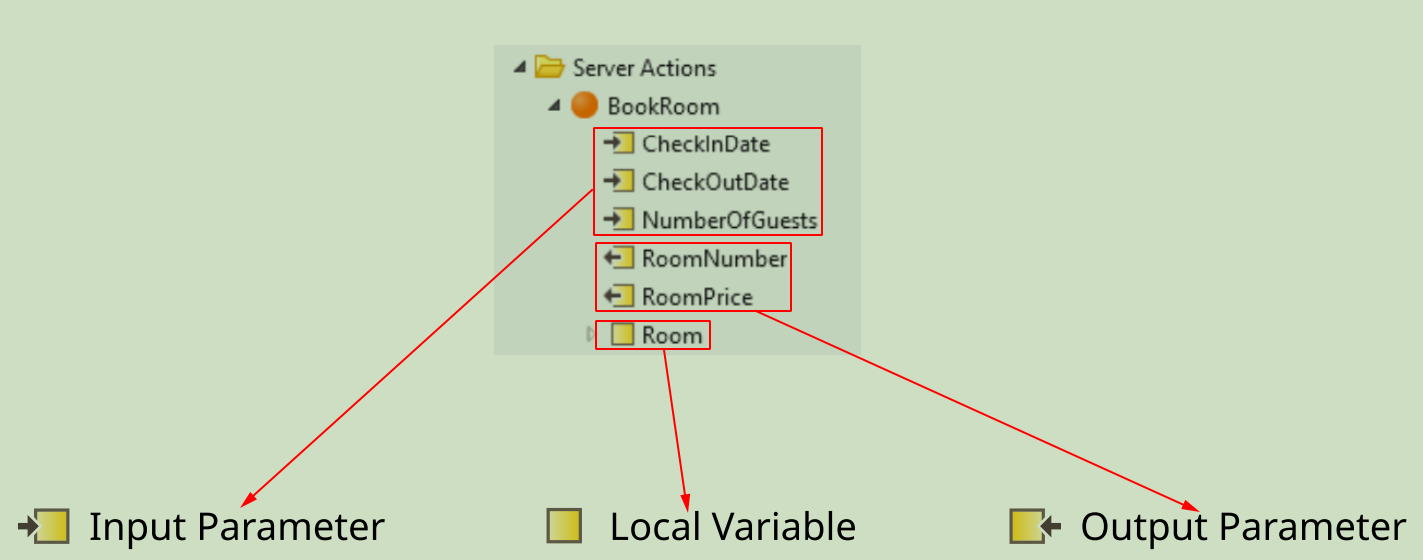
5.3 异常(Exceptions)
-
提出异常
在程序运行时,当操作意外失败时,一个异常被抛出。
异常导致流程执行的中断,并且程序执行跳转到异常处理流程中。另外,异常处理流程执行完后,不会返回到原始流程中。- 自动 (eg. Database Exception, User Exception, Security Exceptions, Communication Exceptions, ...)
- 手动(显式) (eg. InvalidCustomer Exception)
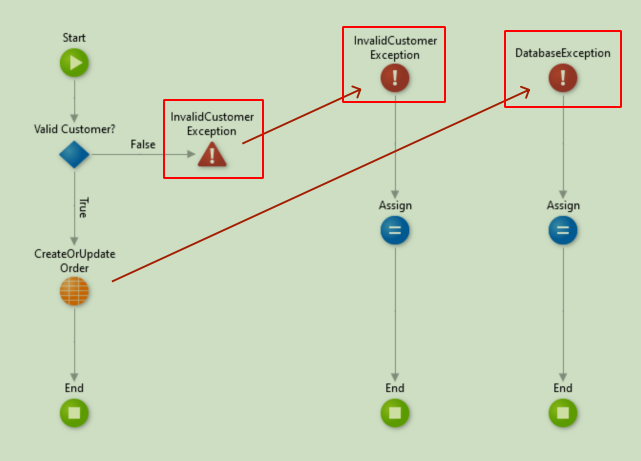
-
处理异常(Exception Handler)
-
一个Action流中,可以包含多个异常处理器流,比如:
- Database Exceptions
- Security Exceptions
- Communication Exceptions
- Custom User Exceptions
-
当一个异常被提出时,由最匹配该异常的处理器来处理;程序的执行也跳转到了该异常处理器中。
-
-
全局异常处理器(Global Exception Handler)
如果匹配的异常处理器在当前执行上下文中不存在,则继续向上查找任何更外围的上下文,直到找到一个匹配的异常处理器。
全局异常处理器模块特性:
- 位于Common UI Flow (default)
- 每个模块最多一个
- 向上查找过程中的最高的可能等级
- 应该能处理所有异常
6 分页和排序(Pagination and Sorting)
分页:

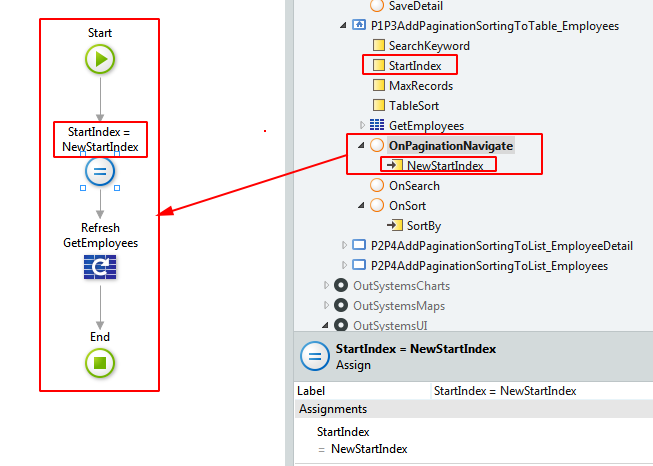
排序:

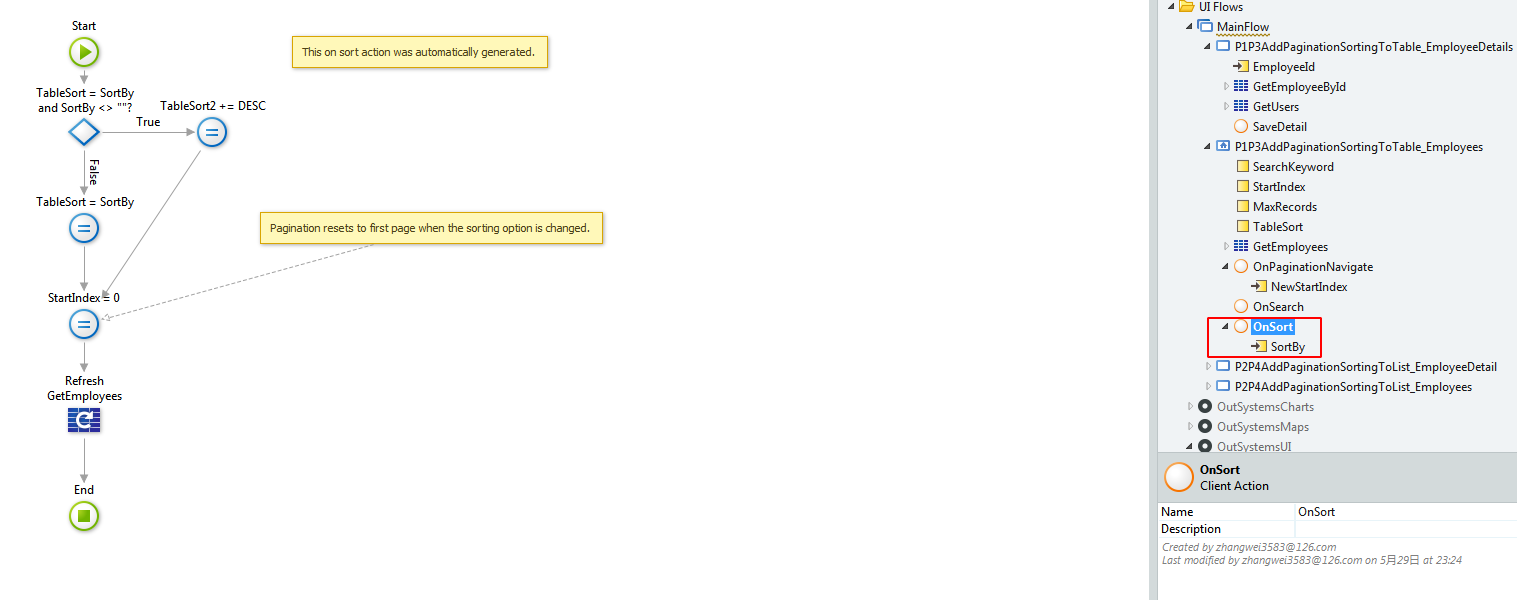
页面效果:
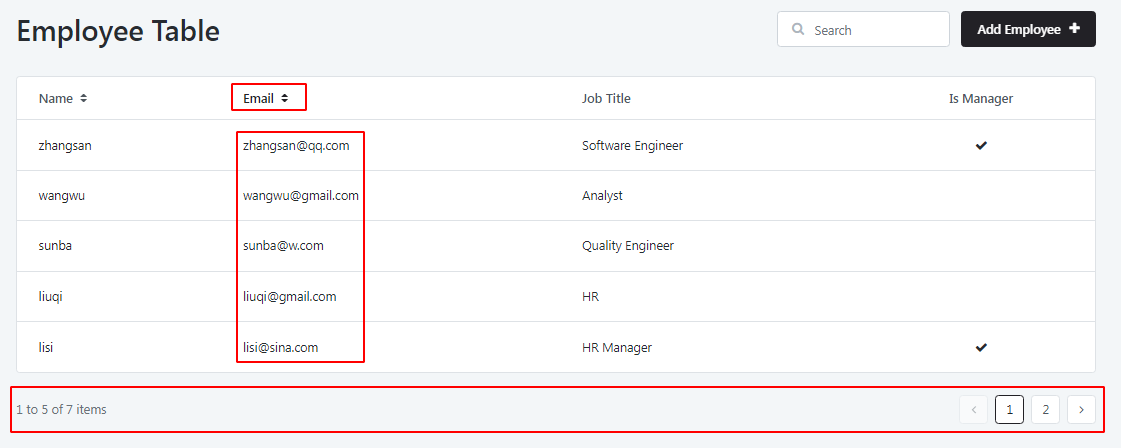
7 Debugging
- 定义
Debugging is a troubleshooting technique that helps finding errors in code.
帮助发现程序中的错误的故障排除技术。
支持在Screen Action,Client Action,Server Action中进行Debug。
-
步骤

-
操作
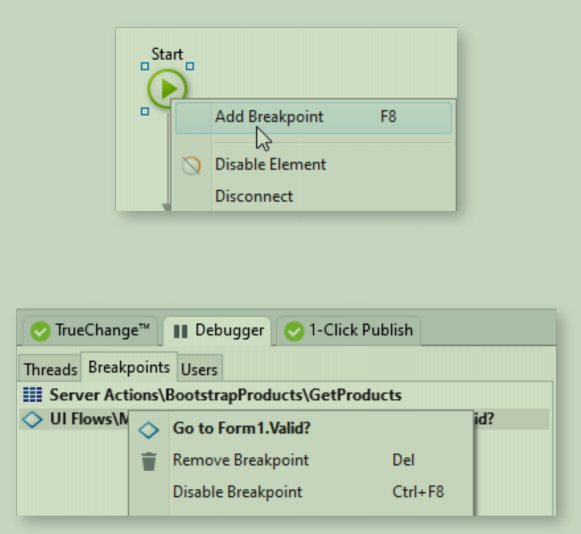

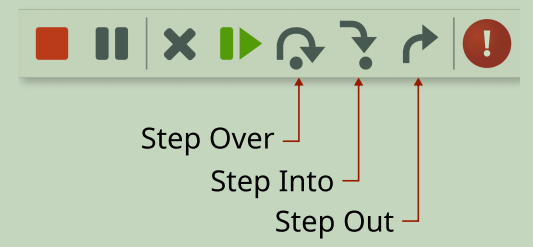
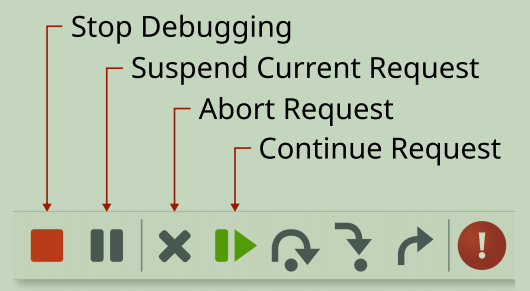
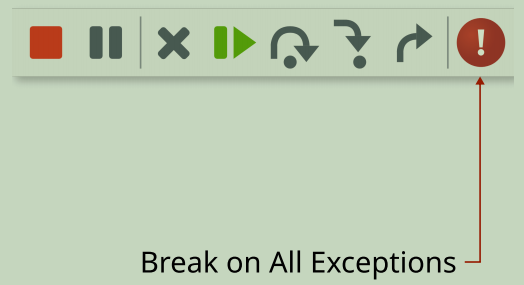
查看变量在运行时的值:

-
在生产者模块中Debug
场景:有一个生产者模块(Producer Module)和一个消费者模块(Consumer Module),Consumer中调用了Producer中的元素,现在需要在Consumer中执行Action时,在Producer中的breakpoint处暂停,进行debug。
需要这么做:在生产者模块中,设置“Entry Module”为 消费者模块。
比如下面截图中,“ProductManager” 为 消费者模块(它要调用“Product_Core” 模块中的Action元素):

8 响应式编程模型(Reactive Programming Model)
-
Opening the App
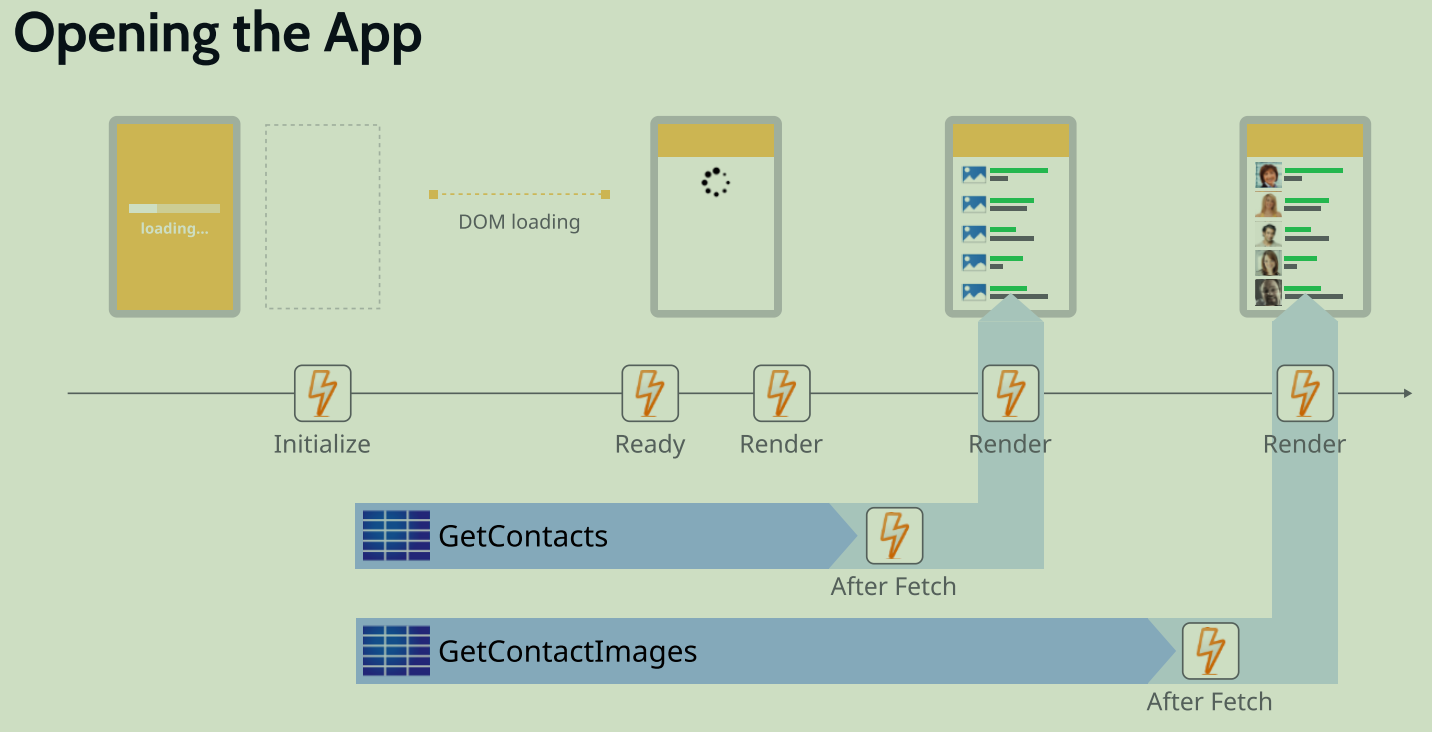
-
Navigating Between Screens
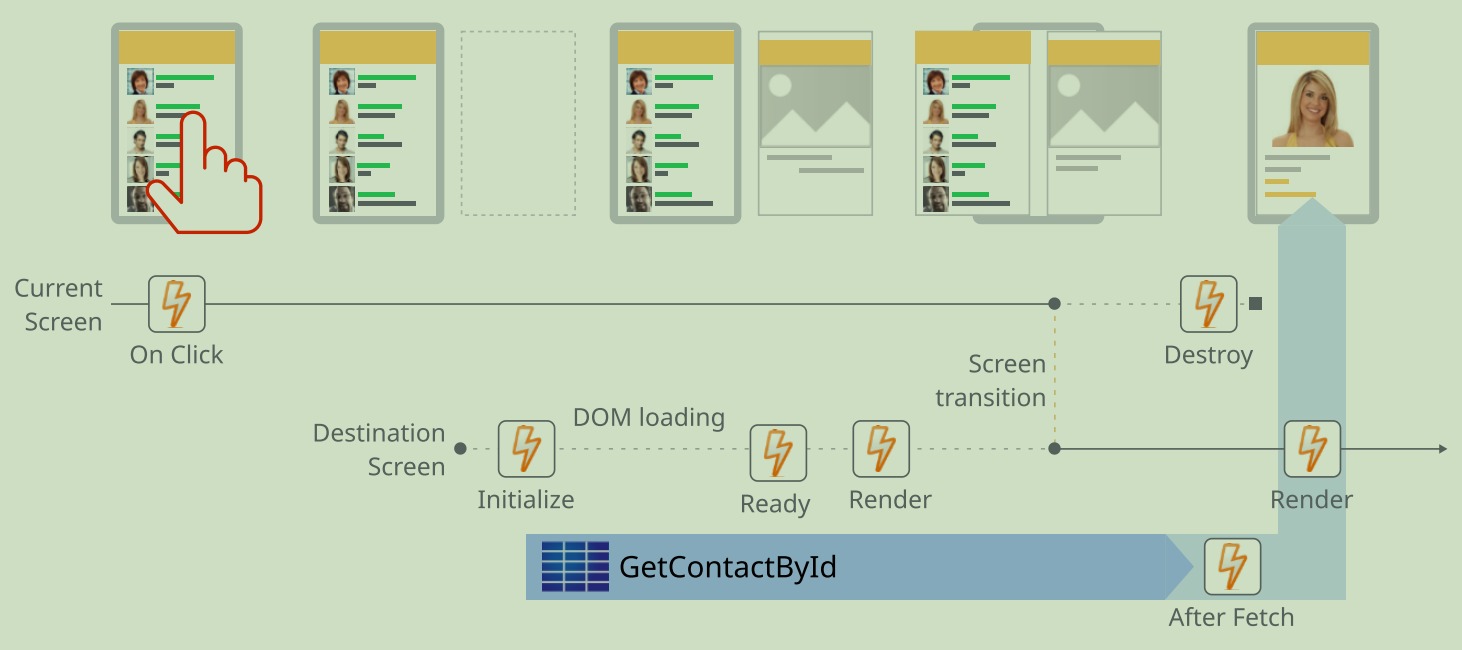
9 Blocks and Events [高级特性]

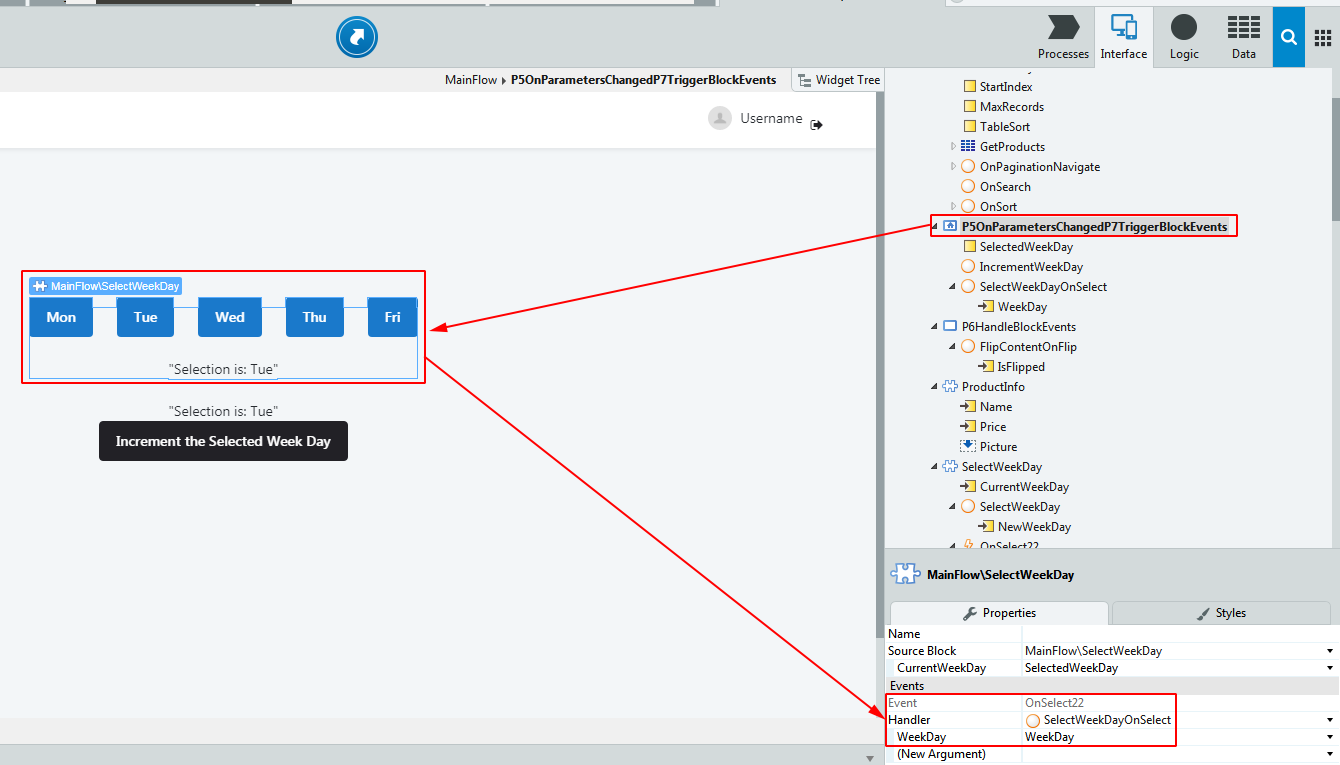
10 安全(Security)[高级特性]
10.1 角色
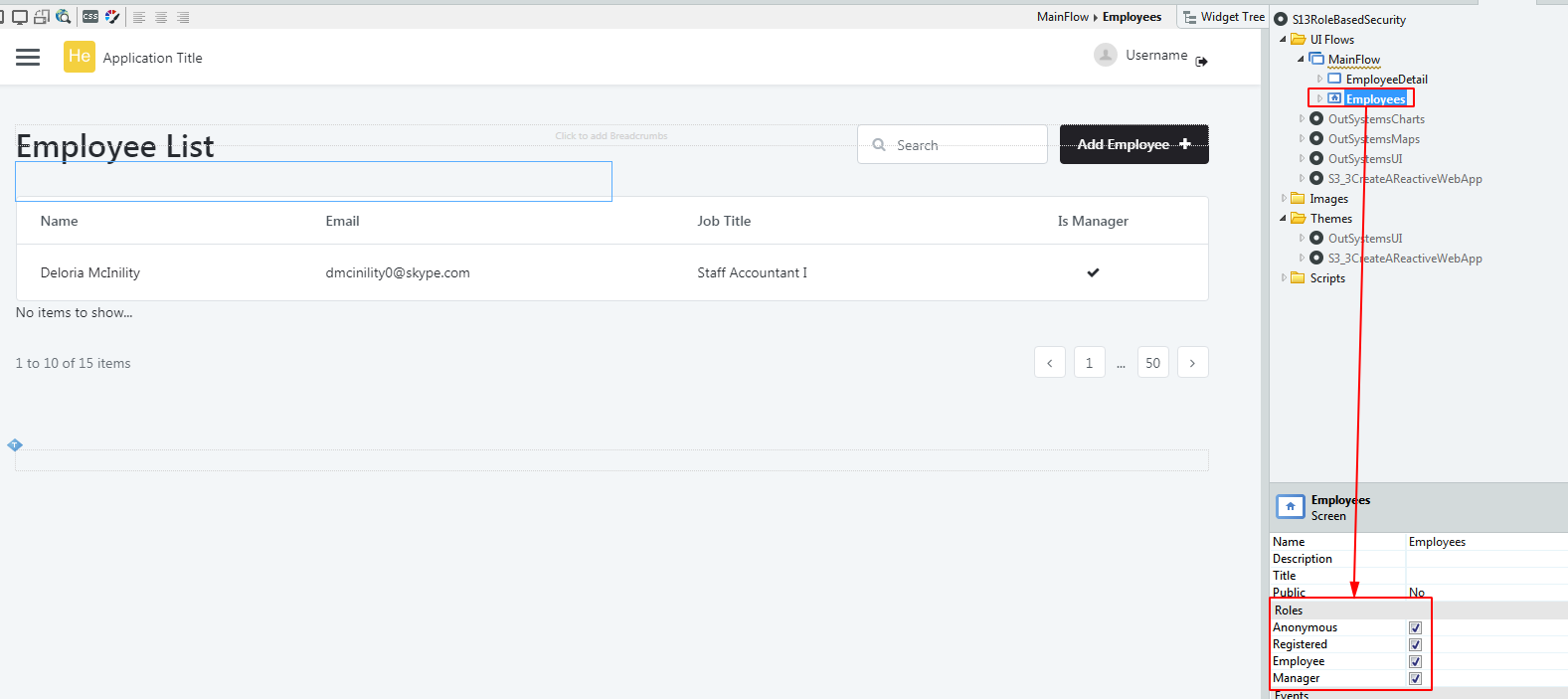

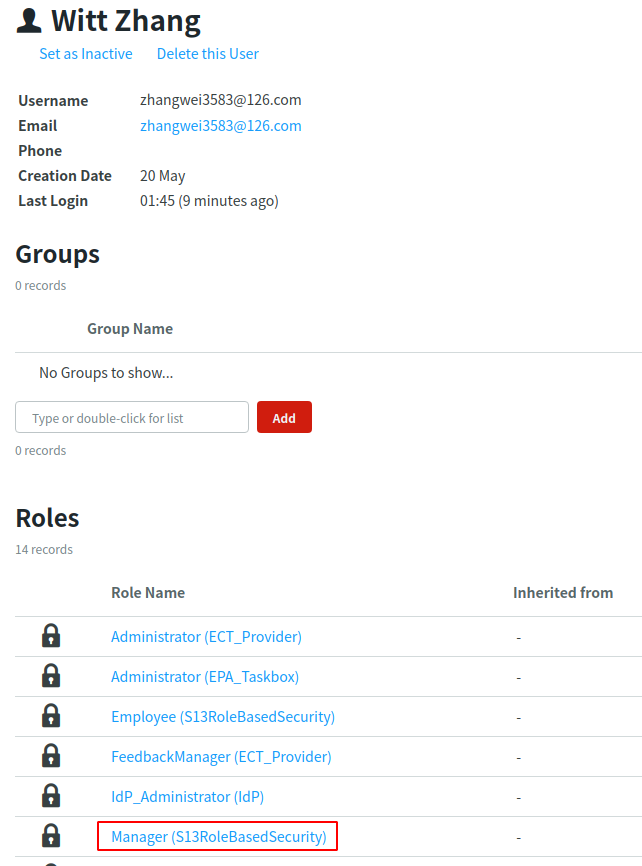
10.2 第三方认证登录
可以整合第三方认证系统(如OKTA, SAML, OAUTH2)等进行认证登录,以下是整合OKTA:
-
认证登录步骤
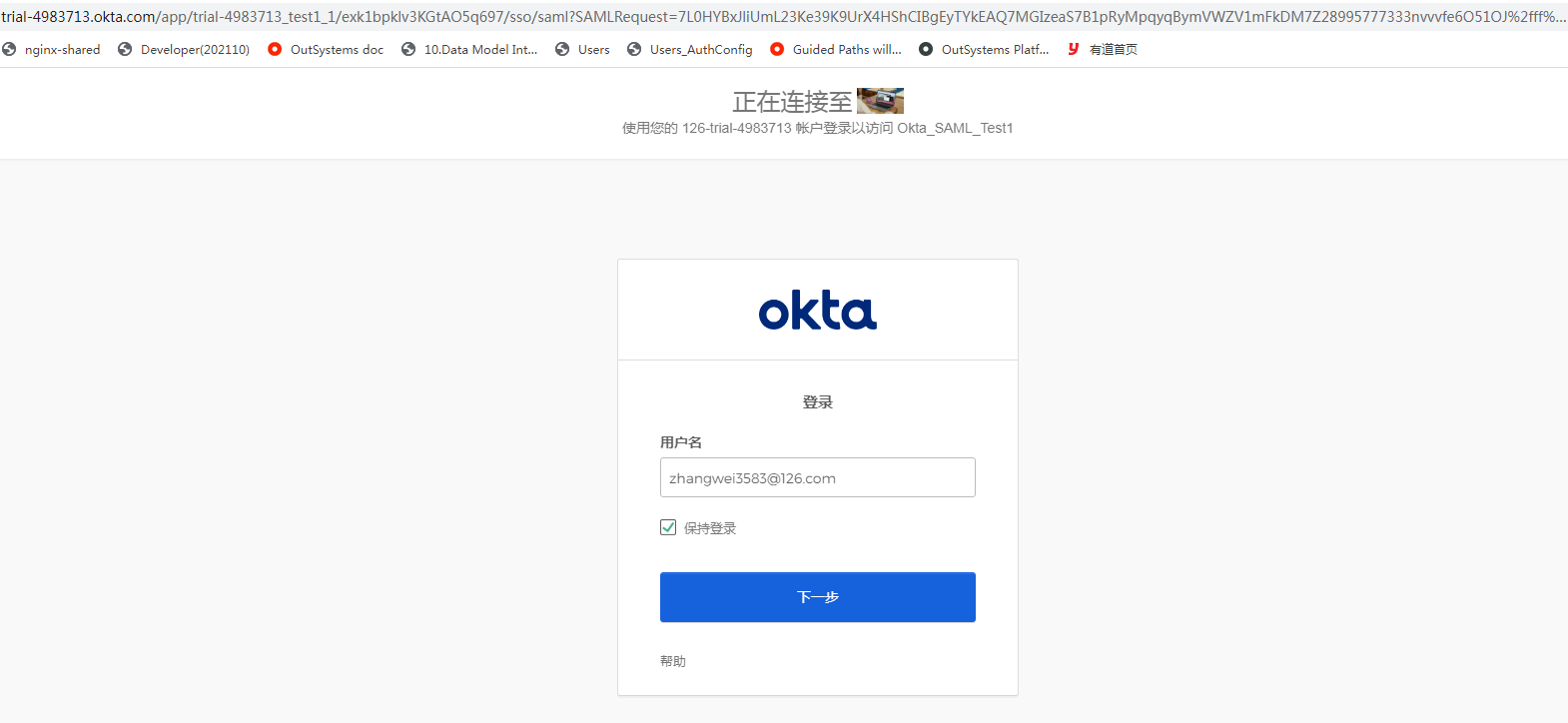
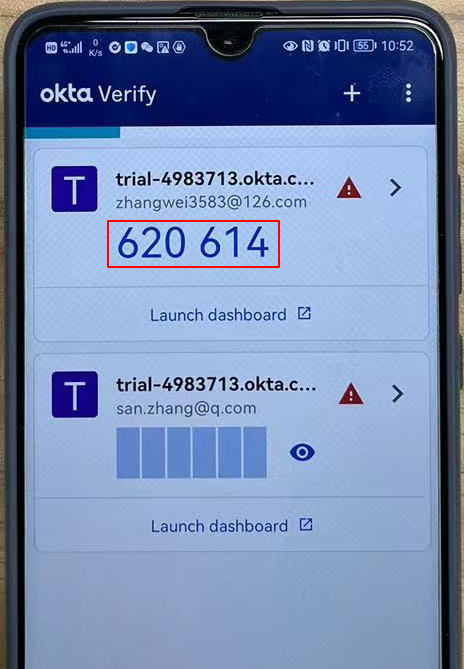
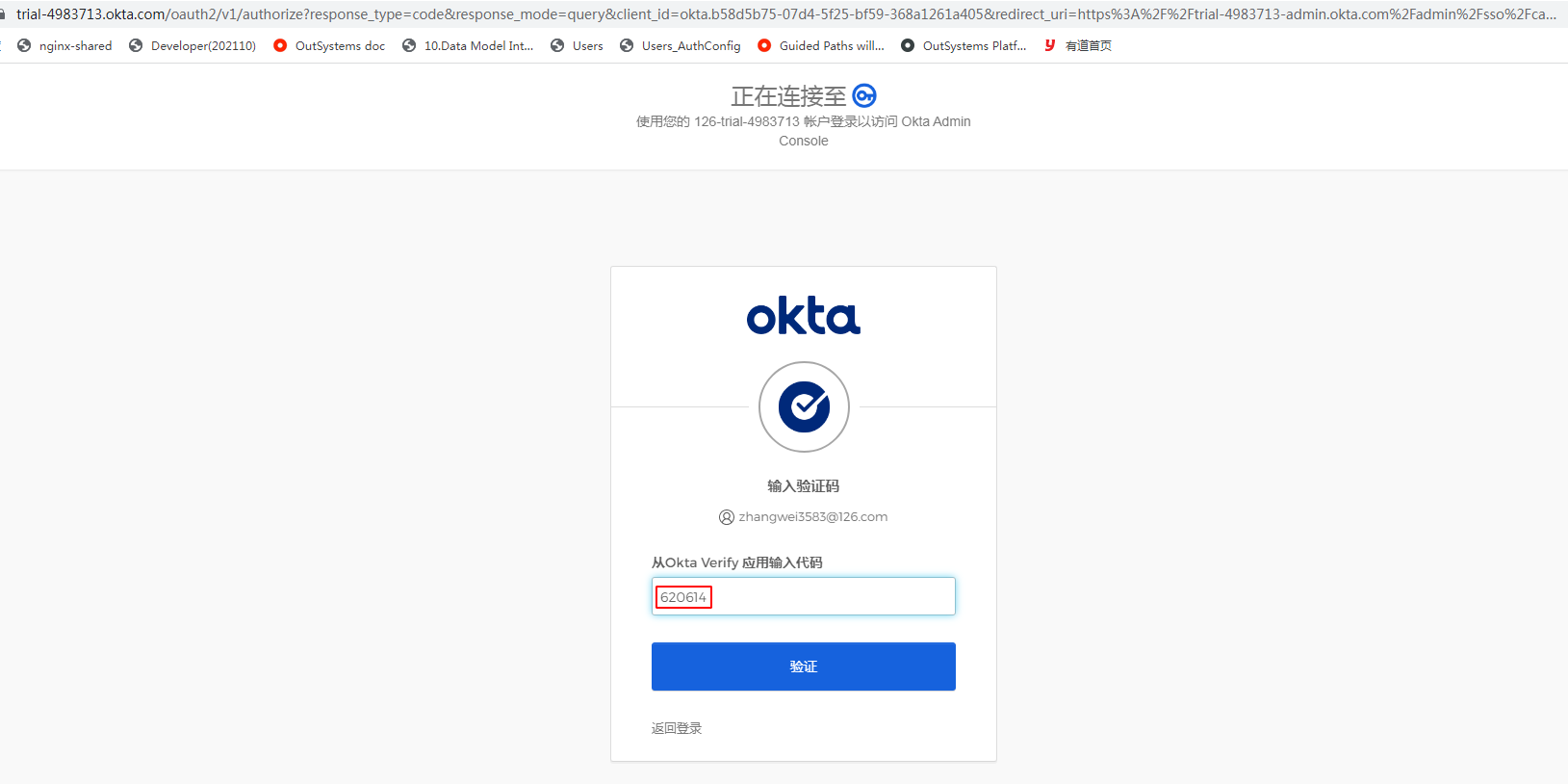
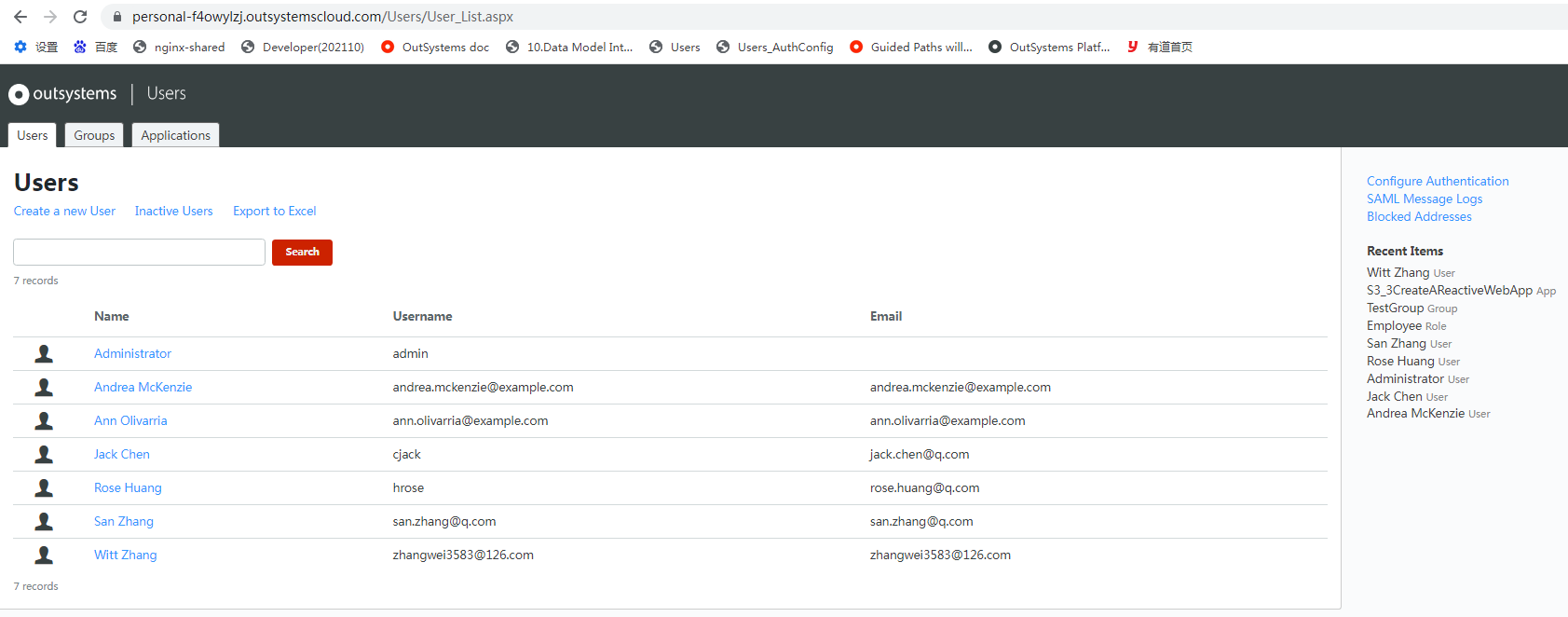
-
配置OKTA
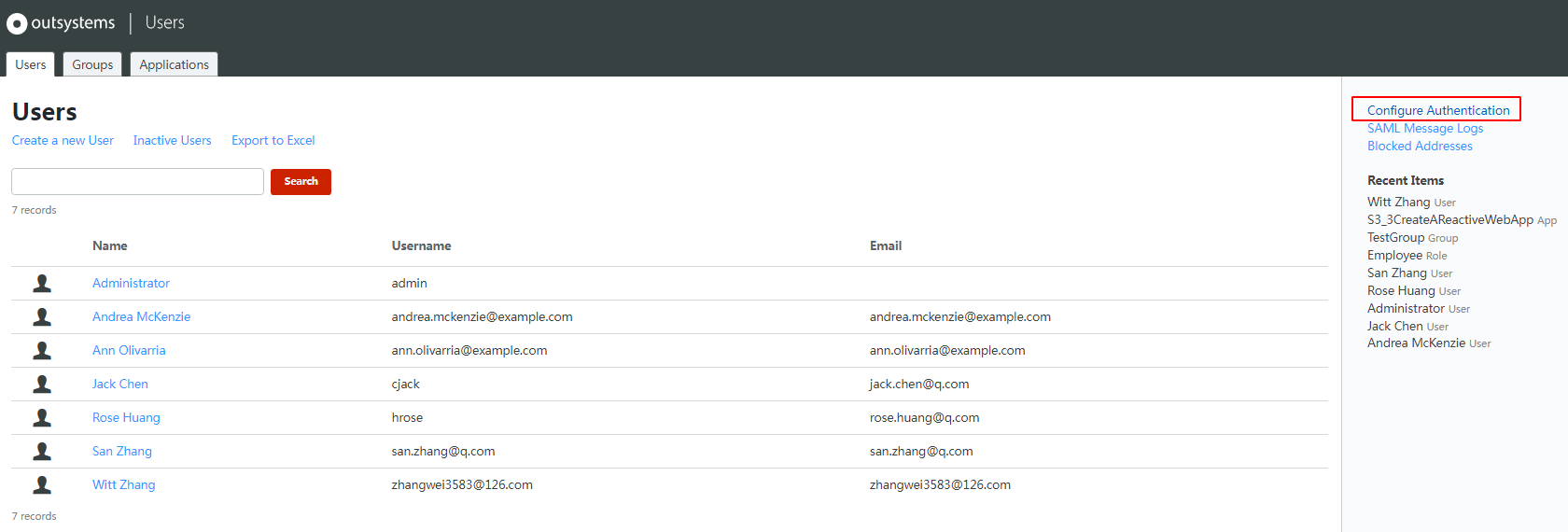

11 工作流(Workflow)[高级特性]
